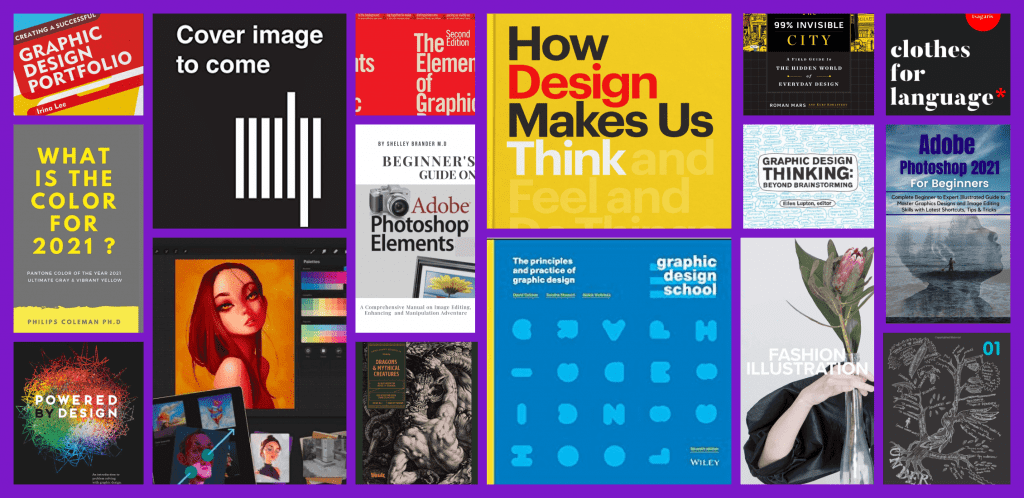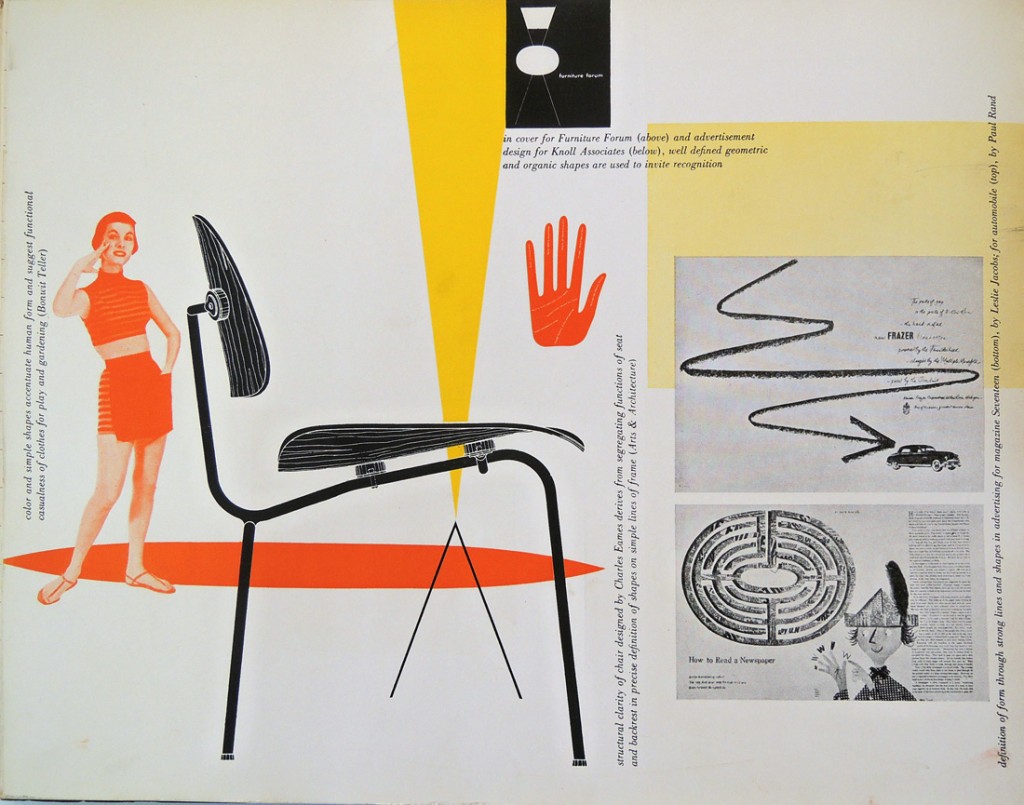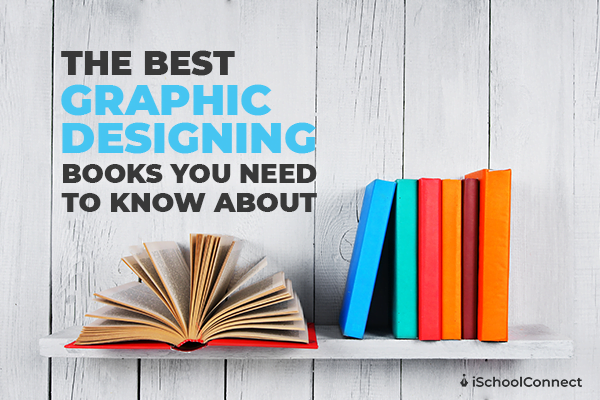10 Must-Have Graphic Design Books Every Designer Should Read
Table Of Content

Full of witty diary observations and jaw-dropping visuals, this book is a work of art in itself. Only choose a material if it solves a problem or stimulates a desired tactile experience. This detailed, beautiful tribute to the world’s second-most famous sans serif is filled with interesting trivia. The book itself is a thing of beauty; embossed silvery type shimmers on the cover and chapters are divided by simple black shapes, creating a playful feel. Why Fonts Matter is a shorter 144-page book by Sarah Hyndman that explores the reasoning behind how and why fonts influence us, as well as how they can evoke certain feelings, thoughts, and associations. And if you’ve just read up on your favorite topic and find yourself in need of a place to put your newfound skills and strategies to good use, then we have a suggestion to make.

Thinking with Type
Even if reading isn’t exactly your favorite way to spend your time, it’s still a good idea to take a look at some of these books. This article also featured The Graphic Design Idea Book which is an inspirational book for every designer—both beginners and professionals. And for more experienced designers, individual entries will either bring forth knowing nods of agreement or hoots of derision, depending on whether or not the reader loves or hates hyphenation. As well as the history of printing and typesetting had long ignored graphic design, so historians were faced with the challenge of deciding what was worthy and where to focus. Through in-depth how-to articles, hands-on workshops, and inspiring galleries of excellent design, you can comprehend the key principles by reading Graphic Design For Everyone.
This Is Not a T-Shirt: A Brand, a Culture, a Community--a Life in Streetwear by Bobby Hundreds
If you think that only doing quality work will get you work, then you are mistaken. Jens Müller and Julius Wiedemann’s History of Graphic Design is a monumental work that chronicles the rich and diverse evolution of graphic design from its inception to the modern day. This comprehensive tome is meticulously researched and beautifully illustrated, offering readers a panoramic view of the field’s development across different eras and geographies. The authors skillfully navigate through various design movements, key figures, and seminal works, making complex historical trends and styles accessible and engaging.
Moholy-Nagy and the New Typography: A-Z
More than 320 typefaces are displayed in the form of their original type specimens or earliest printing. Each entry is supported by a brief history and description of key characteristics of the typeface. The level of detail is simply astonishing and it's that which makes this a must-have for any designer interested in typography. This brilliantly crafted book records some of the best graphic design ideas from the last 100 years that have influenced that evolution. Whether you're a design student or an established designer, it's good to challenge yourself now and again to shake things up. This book is a compendium of 13 experimental projects designed to teach conceptual thinking and problem solving to art and design students.
BU's Graphic Design Program Shines Bright at Boston Art Book Fair College of Fine Arts - Boston University
BU's Graphic Design Program Shines Bright at Boston Art Book Fair College of Fine Arts.
Posted: Thu, 30 Nov 2023 08:00:00 GMT [source]
Don't Get a Job... Make a Job: How to make it as a creative graduate by Gem Barton

With the help of visual examples, you’ll learn the essentials of typography—from typefaces and type families to kerning, tracking, and using grids. Written for designers, writers, editors, and students, this book will teach you how to both apply, and break, the rules of typography in graphic design. The author, a celebrated graphic designer himself, talks about the struggles beginner designers face and how they can overcome such predicaments in their careers. This book explains how the graphic designing industry works and provides case studies for practical experience, from how to handle digital marketing campaigns to how to tackle difficult situations in the field. If you want to read a graphic design book that is both up-to-date and easy to read, then this piece by authors Alina Wheeler and Debbie Millman takes the cake.
Now Try Something Weirder by Michael Johnson
This graphic design book also features interviews with 5 typeface designers who delve into the processes behind designing a typeface. This essential graphic design book features the work of 30 talented women, including Jessica Walsh, Verònica Fuerte, Yah-Leng Yu and Hattie Stewart. It features insightful interviews that bring to light the thoughts and stories behind their careers.
Packed full of examples across all areas of design, the author explains how design explains itself and attracts attention. For new artists and designers, Steal Like An Artist teaches readers how to use their surroundings and creativity. Full of illustrations, quotes and advice, this fun title won’t teach you much about strategy but can help you unlock your potential and style. For most of these titles, reading digitally works fine for absorbing critical information and visual examples.
The Designer's Dictionary of Color by Sean Adams
Grid Systems in Graphic Design provides readers with a comprehensive guide to using 8 to 32 grid fields in text and image design, with examples and directions. This is a no-nonsense and comprehensive guide for working with grid systems in graphic design involving text and images. Countless industries use graphic design, from individuals and small businesses all the way to massive corporations.
Renowned typographer Robert Bringhurst explains the art of typography in a clear and concise style, from practical, theoretical, and historical perspectives. 100 Ideas that Changed Graphic Design explores the evolution of graphic design throughout history, outlining 100 influential ideas and concepts. This is the ultimate inclusive, practical, and informative career guide for designers. Navigating the workplace is challenging, and especially so for those who may be marginalised by sexism, racism, and ableism.
The Laws of Simplicity offers 10 laws for balancing simplicity and complexity in product design. The title teaches you how to tone things down and only introduce things that are vital and not just because you can. It also looks into how different perspectives view simplicity and how it can change people’s perceptions.
How people perceive things visually is of obvious importance to anyone involved in visual design. Serious yet easy-to-read exploration of the science being perception, this unique book is packed with anecdotes, quotations, images, curious facts and useless information, oddities, serious science, jokes and memories. This book does not set out to teach lessons or draw conclusions, but it is full of wisdom and insight collected from all over the world. This revised and updated 2015 edition of Ellen Lupton and Jennifer Cole Phillips's 2008 classic, acts as an excellent introduction to graphic design for new entrants to the profession. Visual demonstrations and concise commentary explain the formal elements of design, from logos to letterhead to complex website design. Logotype is the definitive modern collection of logotypes, monograms and other text-based corporate marks.
Comments
Post a Comment